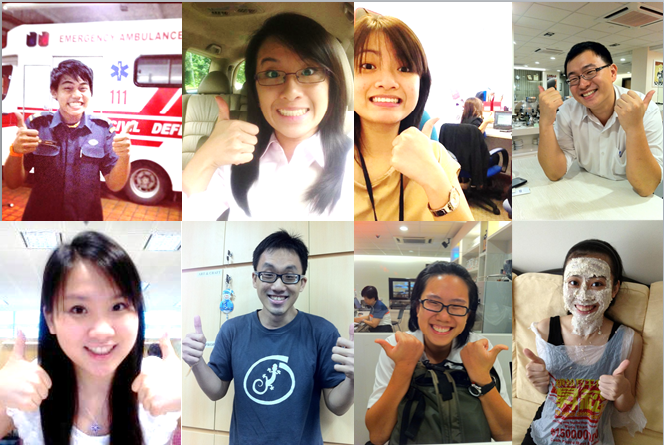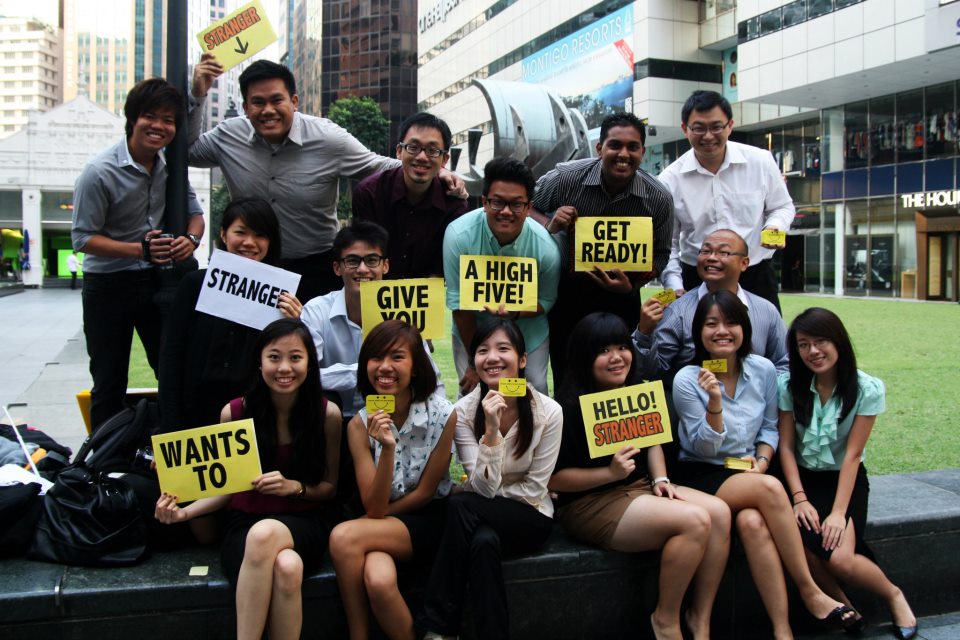
He was devastated when his paternal grandfather died from lung cancer in 1997.
And Mr Wesley Lye, who was just nine then, did not know how to respond to his classmates when they asked him why he had to pin a black ribbon on his school uniform shirt.
Saddened and confused, Mr Lye tried to forget about his grandfather’s unsuccessful battle against the disease.
But 15 years on, Mr Lye, now 24, who graduated from Nanyang Technological University last year, wants to let others know that they are not alone in the fight against the No. 1 killer in Singapore.
So he sent his deceased grandfather a “Daffodil Candle” – a condolence message to a relative or friend who died from cancer which can be viewed by the public – on the Daffodil Days microsite, www.DaffodilDays.sg.
The microsite, which is linked from the Singapore Cancer Society website, was launched last month as part of the annual Daffodil Days celebration – a month-long global programme to raise funds for and awareness of the fight against cancer.
The programme was launched on April 1 by the Minister for the Environment and Water Resources Vivian Balakrishnan during the 2XU Compression Run along Nicoll Highway.
This is the first time that a microsite was launched in conjunction with the celebration.
Sharing of personal stories
Apart from sending “Daffodil Candles”, users can, among other things, send “Bouquets of Daffodils” – messages to recognise the efforts of caregivers – or simply share their personal story of their battle against the cancer.
All posts are free and can be viewed by the public.
Mr Lye said of his grandfather: “I was very close to him and he always made me laugh. He was also the one who (inculcated) spiritual values in me and taught me to appreciate what I have.
“I was really shocked and sad when he passed away, and I tried to avoid talking about his death.
“But now, I realise that there is no hiding from this disease and there are many people who suffer from it or know someone who suffers from it.
“The Daffodil Days (microsite) allows me to let others know that they are not alone and there are people who care for them.”
The microsite has garnered about 100,000 views since it was launched and there are several posts on it.
Mr Charles Lee, a senior counsellor at the Tanjong Pagar Family Service Centre, said the platform is a good place for an exchange of support by people affected by cancer.
He said: “For those who are (battling) cancer, they would be encouraged by the messages from people who have recovered or are fighting the disease.
“And the people who have recovered would also want to encourage others by showing their support through this platform.”
Other features of the microsite include information on cancer prevention and screening services for the disease.
Madam Judith Mala, who lost her father to cancer, said she is encouraged to hear about the platform.
Said the mother of three, who’s in her 40s: “The microsite is useful and I think people would be encouraged and inspired by the posts.
“Other organisations fighting against diseases should also consider creating such a platform.”
This article was first published in The New Paper.




